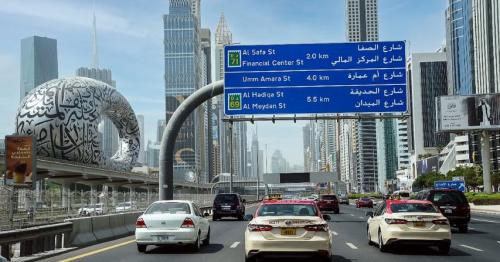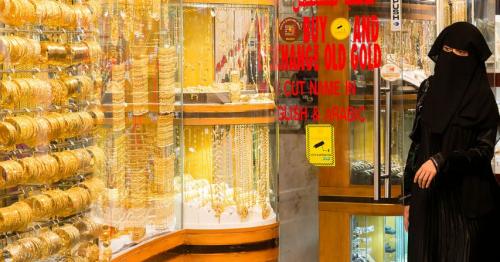More than 230,000 Pakistanis moved to Emirates in 1 year

In a significant migration trend, over 230,000 Pakistanis relocated to the United Arab Emirates (UAE) last year, seeking better opportunities. This influx is part of a larger movement, with the UAE being the second most popular destination for Pakistani migrants, accounting for 26.77% of the total migration from South Asian countries in 2023, according to the Bureau of Emigration and Overseas Employment (BE&OE) and the Overseas Employment Corporation (OEC).
The UAE already hosts a substantial Pakistani community, with 1.7 million expatriates making it the second-largest community in the Emirates. This growing population of Pakistani professionals includes doctors, engineers, and IT specialists who are leaving their home country due to a lack of job opportunities, raising concerns about a potential brain drain.
The Gulf Cooperation Council (GCC) region remains the top destination for Pakistani workers. In total, 862,625 Pakistanis sought employment abroad last year. Saudi Arabia was the leading destination, welcoming 426,951 Pakistani workers. Oman employed 60,046 Pakistani workers, representing 7% of the total migration, while Qatar offered jobs to 55,112 individuals. Additionally, Bahrain and Malaysia hosted 13,345 and 20,905 Pakistani workers, respectively.
Since official records began, more than 13.53 million Pakistanis have moved abroad for work in over 50 countries, with nearly 96% registering for overseas employment in GCC countries, particularly Saudi Arabia and the UAE. These migrants significantly contribute to Pakistan's economy by sending remittances, which serve as a primary source of foreign exchange after exports.
Remittances: A Vital Economic Lifeline
The UAE is a critical source of remittances for Pakistan, standing as the second-largest contributor. During the fiscal year from July 2023 to March 2024, Pakistanis in the UAE remitted $3.7 billion. Saudi Arabia led the remittance inflows with $5.1 billion, followed by the UK ($3.2 billion), the US ($2.5 billion), other GCC countries ($2.3 billion), the EU ($2.6 billion), Australia ($0.5 billion), and other nations ($1.3 billion).
These remittances are crucial for Pakistan's economy, providing much-needed foreign exchange. The Pakistani rupee has depreciated significantly against the Emirati dirham over the past decade, falling from 28 PKR per AED in 2013-14 to 77.44 PKR per AED in 2023-24. This depreciation underscores the importance of remittances in stabilizing Pakistan's economic situation.
Strengthening Bilateral Economic Relations
The UAE and Pakistan share strong bilateral relations, reflected in various economic collaborations. In the previous year, the UAE deposited $1 billion to support Pakistan's balance of payments, highlighting the close ties between the two nations.
Trade between the UAE and Pakistan has also seen substantial growth. Pakistan's exports to the UAE reached Rs328.6 billion during the financial year from July 2023 to March 2024, up from Rs259.7 billion during the same period in the previous fiscal year. Conversely, imports from the UAE increased to Rs2.955 billion in the same period, compared to Rs2.167 billion the previous year. Imports from the UAE now constitute 26% of Pakistan’s total imports.
Addressing the Brain Drain Concern
The migration of skilled professionals from Pakistan to the UAE and other countries is a double-edged sword. While it provides individuals with better career opportunities and contributes to remittance inflows, it also raises concerns about the potential brain drain and its impact on Pakistan's development.
Efforts are needed to create more job opportunities within Pakistan to retain talent and foster economic growth. Government initiatives to improve the domestic job market, along with policies to attract skilled professionals back to Pakistan, could help mitigate the adverse effects of this migration trend.
Conclusion
The migration of over 230,000 Pakistanis to the UAE in the past year reflects the ongoing search for better opportunities abroad. This movement significantly boosts remittances, a critical source of foreign exchange for Pakistan, and strengthens bilateral economic ties with the UAE. However, addressing the underlying issues of job scarcity in Pakistan is essential to prevent brain drain and ensure sustainable economic development. The strong relationship between the UAE and Pakistan, supported by mutual economic interests and substantial trade volumes, continues to play a vital role in the economic stability of both nations.
By: Sahiba Suri





Comments